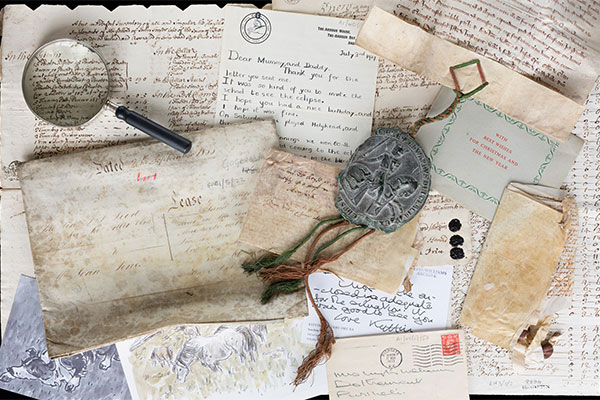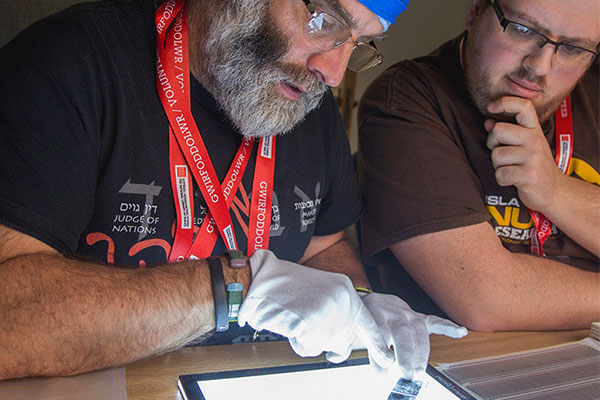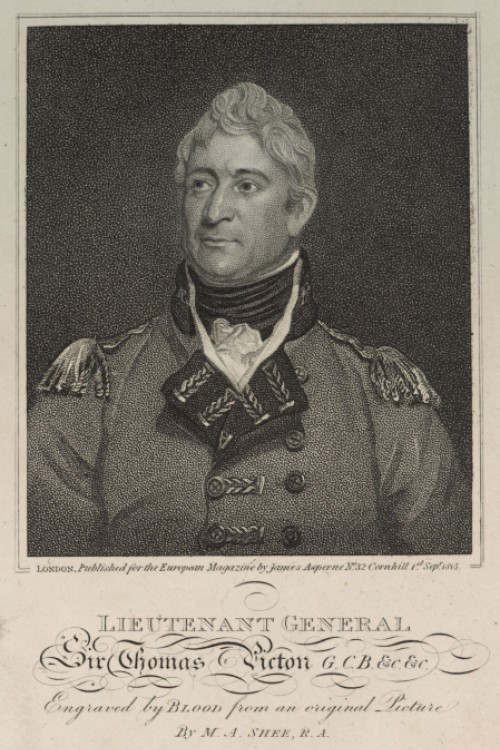Background
Thomas Picton is widely regarded as a war hero but also had a reputation for brutality during his governorship of Trinidad, where he enslaved and ordered the torturing of people.
It poses the question of whether he should be viewed as a hero or a villain?
These sources provide an opportunity to use critical thinking skills and to introduce the concept of 'challenging history'.
The activities can support learners to become ethical, informed citizens. Opportunities are available to expand on the topic and look further into the history of colonisation, especially its impact on today's society.
Possible questions to discuss
- How would you present the history of Thomas Picton?
- How can a person be a hero to one, but a villain to another?
- Is this source valuable evidence in formulating or supporting your particular interpretation.
- What other information would be valuable in order to draw a conclusion about Thomas Picton's character and legacy?
- Is Thomas Picton portrayed as a hero or a villain in the painting 'Death of Sir Thomas Picton'?
Activities and experiences
- Identify and discuss different heroes and villains.
- Identify the difference between fact and opinion.
- Hold a debate, with a case for and against.
Key concepts
(derived from the statements of what matters)
Progression step 4 or 5
Languages, Literacy and Communication
- Listen and understand
- Read words and text
- Collecting and deducing
- Understanding perspectives
Humanities
- Understanding the past
- Social and cultural importance
- Understanding human rights






